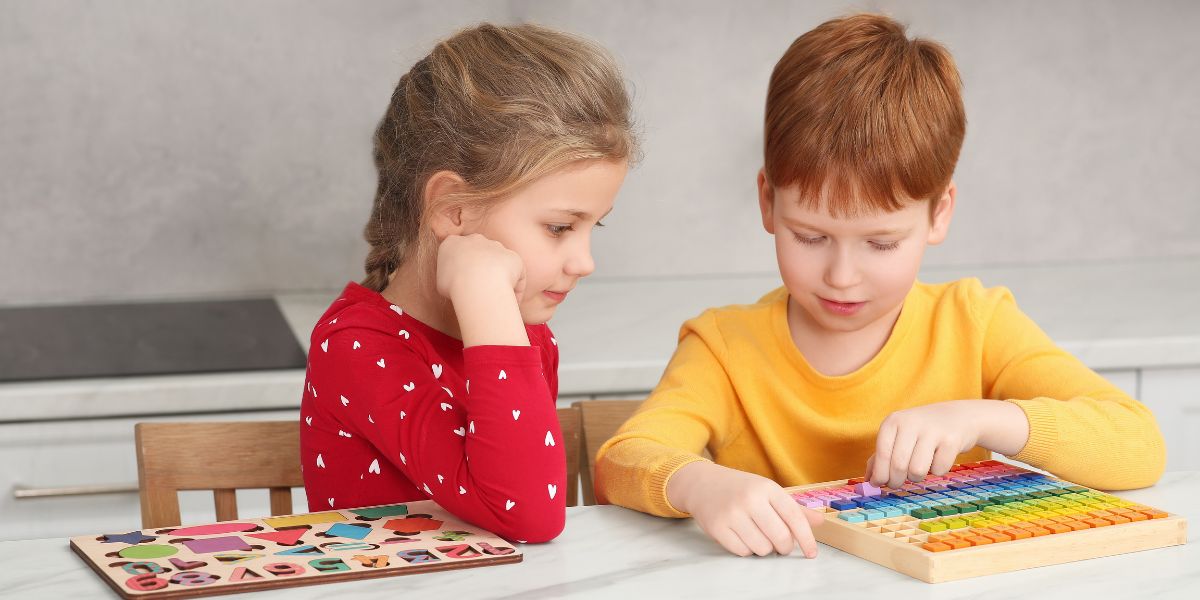
Imagine a classroom where students are fully immersed in their learning, exploring intricate concepts with their hands and minds simultaneously engaged. 3D model kits have the power to transform traditional teaching methods into dynamic, interactive experiences that spark curiosity and critical thinking. By incorporating these kits, educators can tap into students' creativity and problem-solving skills, paving the way for a deeper understanding of complex topics. But how exactly do these kits achieve such remarkable results? Let's unravel the impact of 3D model kits on classroom learning and discover the potential they hold for shaping the future of education.
Benefits of Using 3D Model Kits
Using 3D model kits in the classroom enhances student engagement and fosters a deeper understanding of complex concepts. When you hold a physical representation of an abstract idea in your hands, such as a molecule or historical landmark, it becomes more real and tangible. This hands-on experience helps you visualize and internalize the information in a way that traditional methods often struggle to achieve.
Furthermore, building 3D models encourages active participation. Instead of passively receiving information, you actively construct and manipulate the models, fostering a sense of ownership over the learning process. This active engagement boosts your retention and comprehension levels significantly.
Additionally, working with 3D model kits promotes problem-solving skills. As you assemble the pieces and troubleshoot any challenges that arise, you're honing your critical thinking and spatial reasoning abilities. These skills are transferable to various academic subjects and real-world scenarios, making 3D model kits a valuable tool for your educational journey.
Enhancing Multisensory Learning
Enhance your classroom learning experience by incorporating 3D model kits to engage multiple senses and boost your understanding of complex concepts. By using these kits, you can visualize abstract ideas in a tangible way, making it easier to grasp difficult subjects. When you touch and manipulate the pieces, you create a connection between your hands and your brain, reinforcing your learning.
Additionally, the visual aspect of 3D models helps you see relationships between different elements spatially, aiding in retention and comprehension. As you assemble the pieces, you're actively involved in the learning process, which can enhance your memory recall compared to passive learning methods.
Moreover, incorporating tactile elements into your learning can cater to different learning styles, ensuring that all students have a chance to absorb information effectively. This multisensory approach can make learning more engaging and interactive, ultimately leading to a deeper understanding of the material.
Fostering Collaboration and Communication
To cultivate a collaborative and communicative environment in the classroom, consider incorporating interactive activities that encourage teamwork and open dialogue among students. Utilizing 3D model kits can be a powerful tool in fostering collaboration and communication skills. Assigning group projects that involve building and discussing the models can encourage students to work together, share ideas, and effectively communicate their thoughts. By working in teams, students can learn to listen to others, respect different opinions, and collectively problem-solve, enhancing their collaborative abilities.
Moreover, incorporating peer feedback sessions where students can provide constructive criticism to their peers can improve communication skills. Encouraging students to explain their ideas, ask questions, and engage in discussions about the models they're creating can enhance their communication proficiency. Through these activities, students not only learn how to effectively collaborate but also develop strong communication skills that are essential for success in both academic and professional settings.
Application Across Various Subjects
Consider how incorporating 3D model kits can be applied across various subjects to enhance student engagement and understanding.
In science classes, these kits can bring complex concepts to life by allowing students to visually interact with models of molecules, cells, or geological formations. This hands-on approach fosters a deeper understanding of abstract ideas.
In history and social studies, students can recreate historical landmarks or events, promoting a more immersive learning experience. By assembling models of ancient civilizations or famous monuments, students can grasp the significance of these subjects in a tangible way.
Mathematics classes can benefit from 3D model kits by visualizing geometric shapes or equations in a three-dimensional space. This visual aid can aid students in comprehending spatial relationships and mathematical concepts more effectively.
In language arts, creating models related to literary works can help students analyze settings, characters, and plots in a more interactive manner. Overall, integrating 3D model kits into various subjects can cater to diverse learning styles and enhance the educational experience for students across the curriculum.




